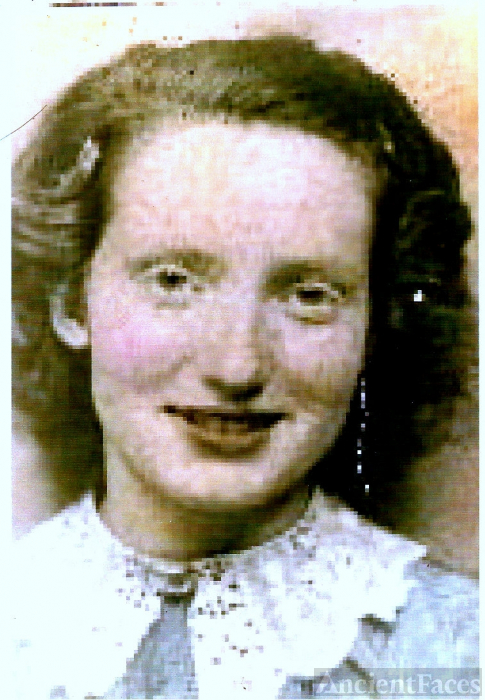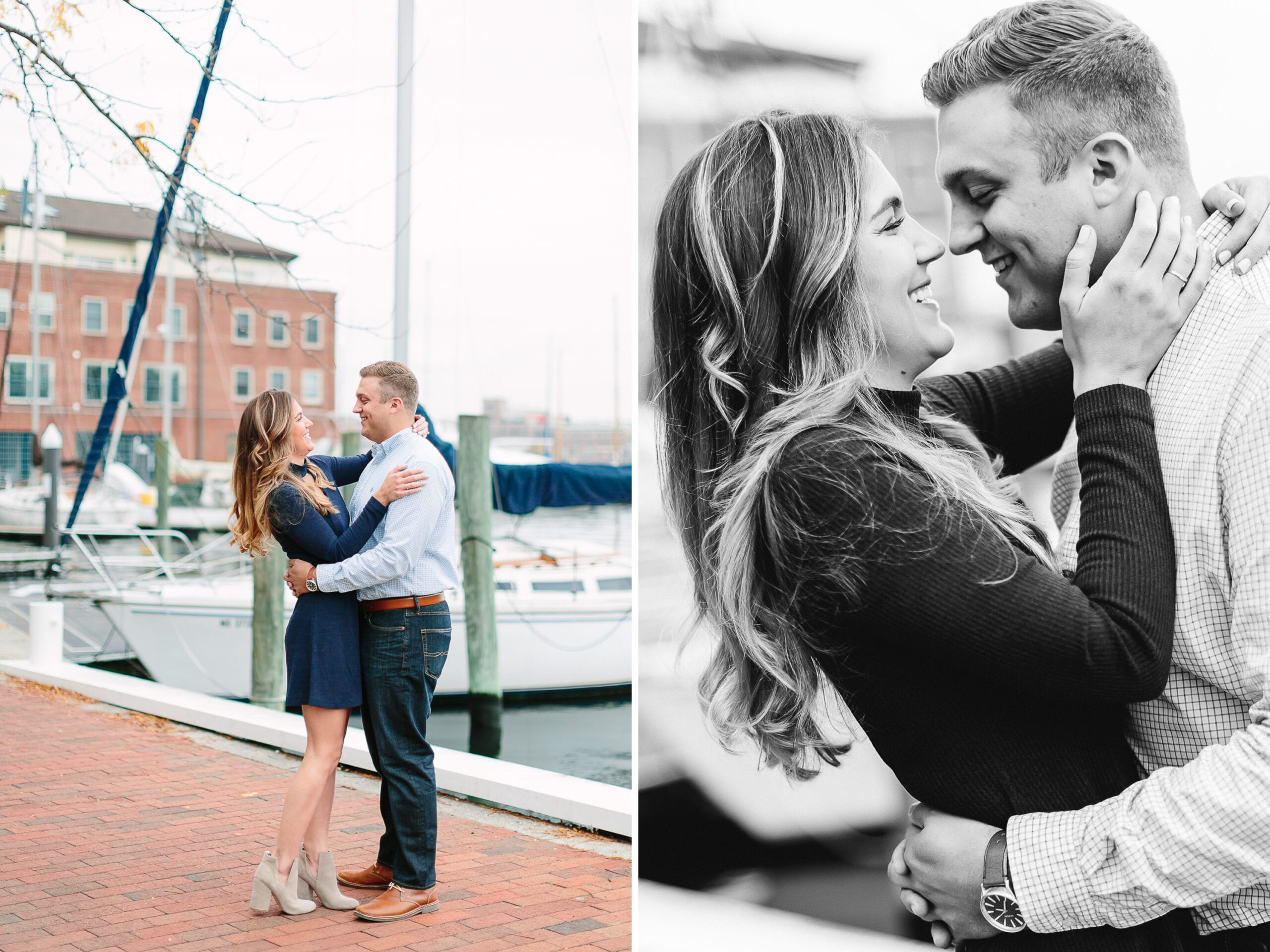


One way that Vivian Maier’s photograph demonstrates autonomy and individualism that rejects the 1950s norms is in form – the fact that it is a self-portrait. Using this and other historical works, we can examine Vivian Maier’s self-portrait as a primary source itself and consider its place as a non-normative account which questions the feminine ideal. Friedan writes that “no other road to fulfillment was offered to American women housewife.” She cites women’s only concerns to be “problems with their children, or how to keep their husbands happy, or improve their children’s school, or cook chicken or make slipcovers” the women Friedan describes have no concern for “the unfeminine problems of the world outside the home” and their “only dream was to be perfect wives and mothers”. Betty Friedan’s Feminine Mystique, regarded as a transformative work that “ignited the women’s movement,” according to Stephanie Coontz’s in-depth critique of the work, gives us an extreme perspective of the sexist society. Their eagerness was measurable according to historian Susan Ware, in 1951, a third of all women were married by age 19. In postwar society, a “normal” woman was expected to take her place in the home and find fulfillment through her husband and children. Although many women continued to work after 1945, their more prominent role was in their homes. In the early 1940s, women made their mark in the workplace, but it was only “for the duration” of the war. Maier’s self-portrait demonstrates a rejection of gendered expectations and sheds light on the invisibility of the unmarried, childless woman and child care worker. Her photographic work, and her 1953 self-portrait in particular, is historically important in that it provides insight into her distinctive experience as a working-class woman with no husband, no children, and no higher education.

Vivian Maier, born in 1926, faced the 50s as a young woman. After World War II and through the 1950s, Americans prioritized and idealized the traditional notion of family and along with it, marriage and motherhood.


 0 kommentar(er)
0 kommentar(er)
